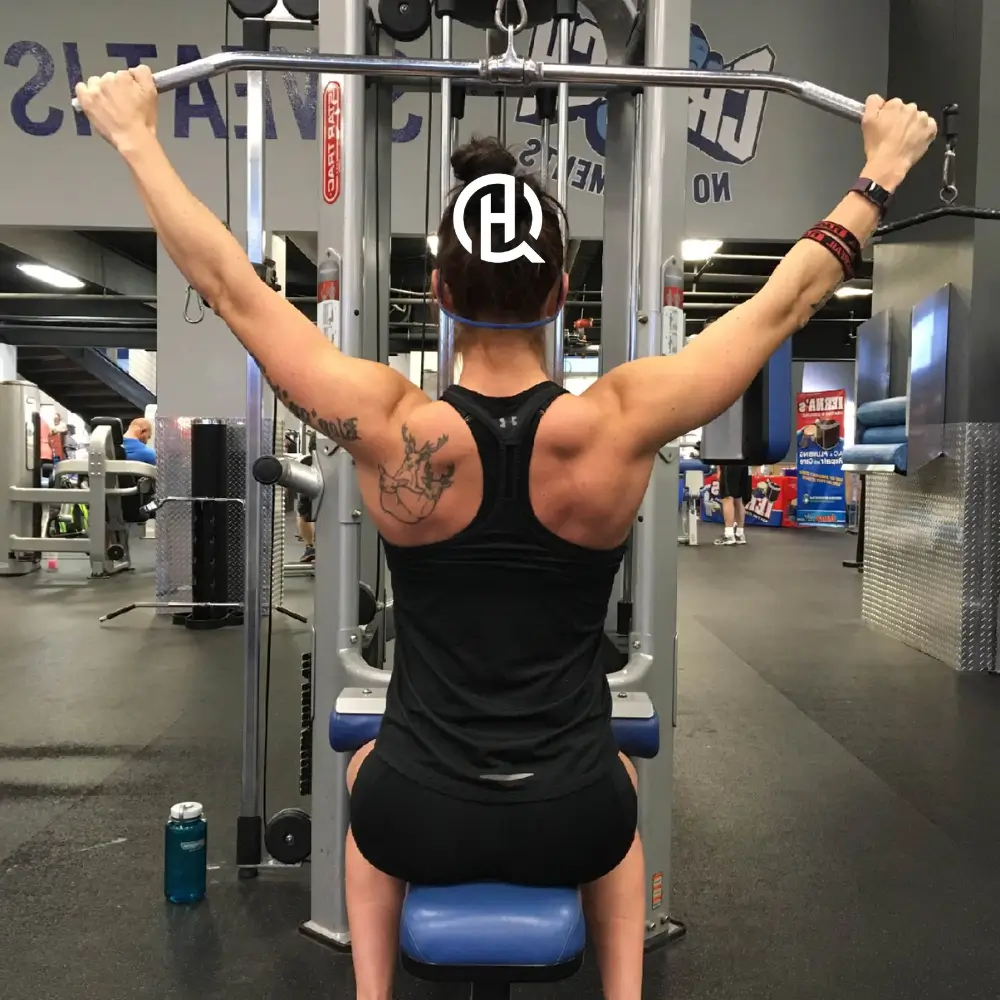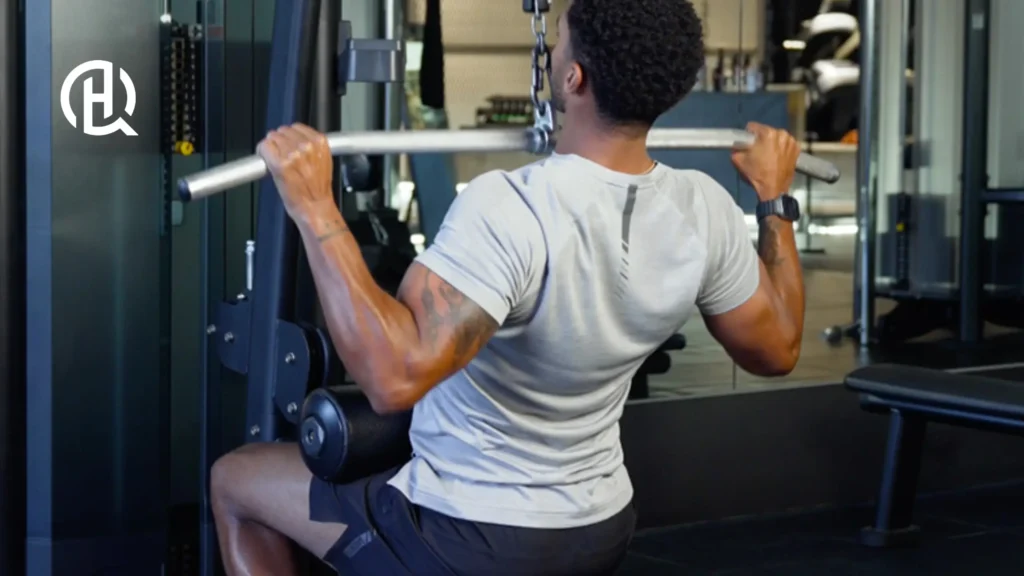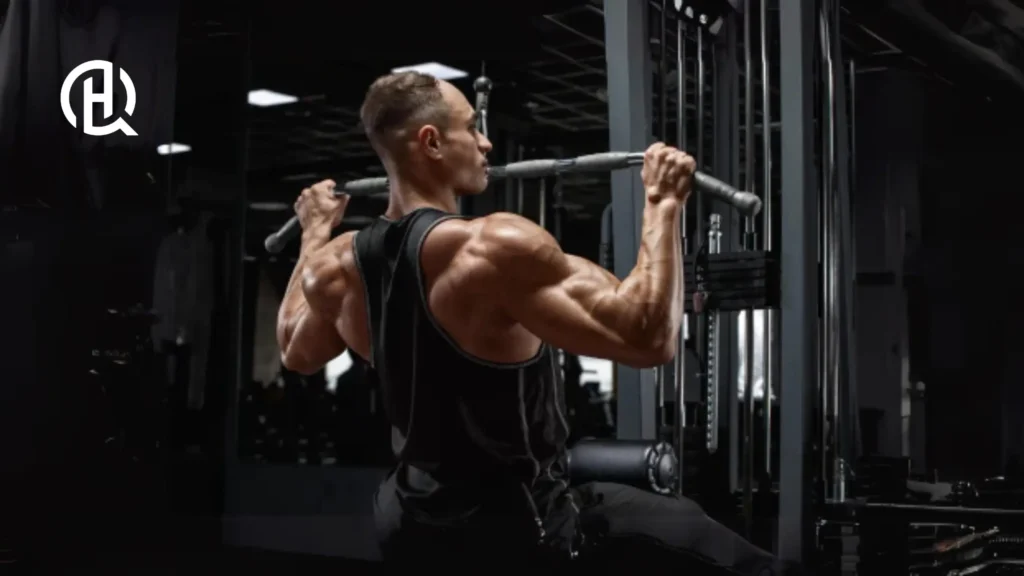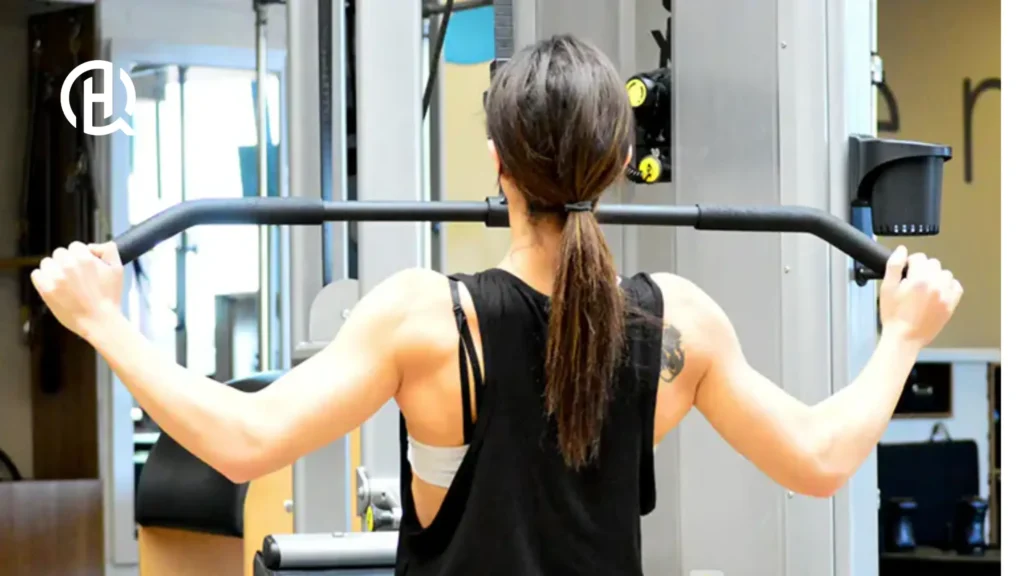

Want to get stronger, leaner, and take your fitness to the next level? Explore our workout programs now!
The wide-grip pulldown is a staple upper-body exercise that helps to target the latissimus dorsi, or “lats,” which are the broad muscles at the sides of your back that give your torso a V-tapered shape. Whether you’re after aesthetics, strength, or muscle mass, this machine-based pulling move is crucial when it comes to building upper-back power and shoulder stability.
It’s also a great way to build up to unassisted pull-ups and reinforce proper vertical pulling mechanics.

This guide will help you learn everything you need to know about how to do the wide-grip pulldown with perfect form, as well as the wide-grip pulldown’s major benefits, the muscles it works, the most common mistakes to avoid, and some expert tips to take your form to the next level.


This is one of the best exercises to really isolate your lats and help you get that big V shape you want to make a powerful upper body appearance.
The movement pattern is a close copy of a pull-up while ingraining many of the same muscles You need for deadlifts, rows, and carries. Better pulldown strength means stronger upper-body performance across the board.
When performed with good scapular retraction, wide-grip pulldowns enhance stability of the shoulders.
Because the movement targets the back directly, it helps balance out pushing-focused training and prevents muscular imbalances.
This leads to a healthier spine and reduced risk of shoulder or upper-back injuries.
For newbies and anyone smarting from an injury, the pulldown machine provides an accommodating and safer swap for bodyweight pull-ups. It enables you to train with your full range of motion and without the need for lifting your own body’s weight.

